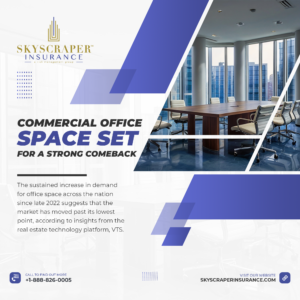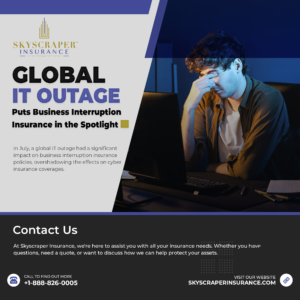Artificial intelligence (AI) — specifically, generative AI — has dominated headlines and elicited equal parts excitement and wariness among businesses: excitement for the new insights and capabilities gained, and wariness of what it means for the future of work. Insurance is no exception.
Insurers are looking for ways to shoehorn generative AI into their business. However, an inordinate focus on the possibility of AI can actually be a distraction from an overlooked technology area that perhaps merits more attention and investment — automation. In fact, now is a perfect time for the insurance industry to focus on automation. For several years now, consolidation — particularly on the retail/distribution side — has been the big story in the market. Along with consolidation come disparate systems: CRMs, ERPs, agency management systems, payables and so on. The only way to centralize these workflows effectively will be through automation, not AI.
Indeed, the insurance industry is increasingly recognizing the importance of automation: According to McKinsey, investments in automation are expected to account for 50% to 60% of back-office functions by 2025. And, as the industry embraces this technology, it will become clear that efficiency isn’t the only benefit. In fact, automation is also a critical, foundational technology for remaining competitive now and into the future.
Opportunities for efficiency in automation
There exist significant efficiency use cases for automation in insurance, both on the retail/distribution side and the underwriting side. Let’s take an agency or brokerage as an example.
These entities are tasked with being risk managers, of course. But they’re also tasked with overseeing the financial infrastructure between carriers and insurers, which includes managing trust accounts set up for the benefit of carriers, acting as collections agents and record keepers, and auditing balances between insureds, brokers, and carriers. On top of that, agencies and brokers also handle claims and act as claims liaisons. While all of these tasks are important parts of the end-to-end insurance journey, they’re not, by definition, aligned with retail’s primary function of being a risk manager. In fact, these retail-adjacent tasks, performed manually, unnecessarily consume significant time and resources.
Automated systems revolutionize many of these processes. They can quickly evaluate claims, collect data, process payments, and manage carrier payables . Delays related to human error – which can cause unintended cancellations of policies – are eliminated with automation. As a subsequent benefit, customer satisfaction increases. Automation can also improve the customer experience in regular communications: Customers appreciate emails or texts with timely policy reminders and due dates for payments. An automated system managing these reminders and updates contributes to better, more streamlined customer communications at scale.
Evolve and automate to improve business value
Certainly, the technology is there and ripe for adoption. But some in insurance may still be hesitant to fully embrace automation, as worries persist that it would replace humans. But that hasn’t yet been borne out and likely won’t.
The reality is that insurance is a complex business that requires significant human touch. On the retail side, customer-facing employees are still needed to explain coverage and advise insureds on what coverage meets their risk profiles. Collecting premium checks, generating financing agreements, managing account payables once premiums are collected — additional tasks that can be automated — add more inefficiency on top of those already mentioned. These tasks take employees away from selling and spending time servicing customers, a key differentiator in a many competitive markets. It’s a similar argument on the underwriting side, where automation can free employees from manual tasks so they can focus on setting risk.
Using automation to free up important human capital and refocusing resources on unique value or core competencies is, in fact, the future of insurance.
Crawl-walk-run
There’s no doubt that AI will have an important place in insurance. But anyone in insurance who is considering investing in new technology should takes a crawl-walk-run approach: Embrace automation first to today’s inefficiencies, then consider how AI can solve tomorrow’s problems. In doing so, you will have laid the strong foundation required to build out greater success now and into the future.




